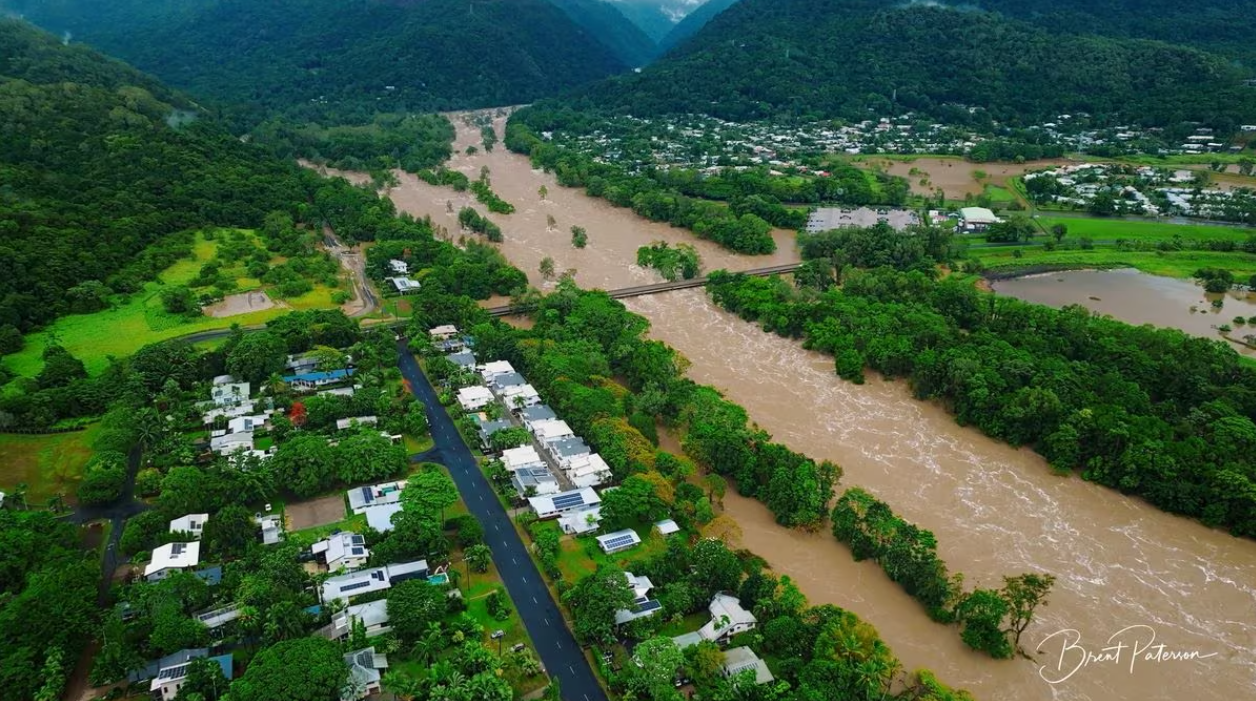
©Brent Paterson/via REUTERS
Vocabulary:
- hinder /HIN-der/
- grim /grim/
- drain /dreyn/
- refuge /REF-yooj/
- persist /per-SIST/
[verb] – to limit the ability of someone to do something or to limit the development of something
The heavy traffic can sometimes hinder our daily commute, causing delays.
[adjective] – extremely bad, worrying, or without hope
The news about the economic downturn painted a grim picture of the job market for recent graduates.
[noun] – a pipe or channel designed to carry away excess liquid, typically rainwater, from an area, preventing flooding or water accumulation.
The rainwater quickly disappeared down the storm drain as the city’s drainage system efficiently managed the heavy downpour.
[noun] – (a place that gives) protection or shelter from danger, trouble, unhappiness, etc.
During the storm, the small cabin in the woods served as a comforting refuge for those seeking shelter from the elements.
[verb] – to continue to exist past the usual time, or to continue to do something in a determined way even when facing difficulties or opposition
Despite the challenges, she chose to persist in pursuing her dream of becoming a professional artist.
Article reading:
In Ingham, a town of 5,000 residents, floodwaters brought an unexpected visitor—a 9-foot crocodile captured from a storm drain, underscoring the extraordinary nature of the situation. Meanwhile, in Cairns, the bustling gateway to the Great Barrier Reef, a 40-hour deluge saw rainfall triple the December average, resulting in the cancellation of all flights and leaving airplanes partially submerged on the flooded tarmac. The struggle to manage the overwhelming volume of water is evident in the operation of water pumps since Sunday, with the airport’s chief executive, Richard Barker, acknowledging the challenges they face. Residents, like Dan from the northern outskirts of Cairns, recount tales of seeking refuge on kitchen benches for hours and navigating treacherous waters to reach safety. As Cyclone Jasper persists, weather forecasts predict more rain, heightened flood risks, and power outages affecting over 14,000 properties. In response, Prime Minister Anthony Albanese assures the readiness of defense forces for potential rescue and relief efforts. This crisis not only highlights the immediate challenges faced by these communities but also underscores Australia’s broader climatic dilemma, with the nation currently experiencing the impactful El Nino weather phenomenon, resulting in extremes from northeast floods to southeast bushfire alerts.
Discussion Questions:
- Have you ever experienced severe weather conditions or natural disasters in your region, and if yes, how did they impact your community? If not, what kind of preparations do you think are essential for communities facing such challenges?
- Can you recall a situation where extreme weather disrupted your travel plans or daily activities, similar to the cancellation of flights in Cairns due to the cyclone? If yes, how did you adapt to the circumstances? If not, what measures do you think would be necessary for individuals to navigate such challenges?
- Do you think the impact of Tropical Cyclone Jasper on communities in Australia’s northeast raises concerns about the region’s preparedness for extreme weather events?
- Given the challenges faced by communities in Australia’s northeast due to Tropical Cyclone Jasper, what proactive measures do you think can be implemented at both the community and governmental levels to enhance resilience and preparedness for future natural disasters?
- In light of the crocodile sighting in Ingham’s storm drain, how do you think local authorities should balance immediate safety concerns with the preservation of local wildlife during natural disasters? What ethical considerations might arise in such situations?
Summarization
Describe:
- relentless
- unprecedented
- ongoing
- acknowledge
- alert